Diego Rivera
1886-1957 | Mexican
Niño
Signed And Dated “Diego Rivera 1935” (Lower Left)
Charcoal And Sanguine On Rice Paper
A Rebel Against The Traditional School Of Painting, Diego Rivera Is Revered As One Of The Greatest And Most Influential Artists Of The 20Th Century. Niño, Completed By Rivera In 1935, Represents A Masterwork Within An Important Part Of The Artist’S Output — His Portraits Of Children. It Is A Touching Work Paying Homage To Both Childhood Innocence And The Cultural Identity Of The Mexican People. Through The Innocent Eyes Of His Subject, Rivera Explores The Dichotomy Between The Purity Of Youth And The Austerity Of Life In Rural Mexico. These Sensitive Depictions Of Children From Mexico’S Working Classes Are Some Of The Best Of His Oeuvre.
Rivera Often Chose Children As The Subjects Of His Portraits For The Hope That They Represented. A Symbol Of Mexico’S Bright Future, His Young Subjects Had The Most To Gain From The Improved Social Climate Following The Revolution Of 1910. The Present Portrait Exemplifies This Poignant Perspective. The Young Boy’S Face Conveys A Sense Of Dignity And Wisdom Beyond His Youth. His Dark Brown Eyes Express Gentleness And Hope, But Also A Vulnerability.
The Important Work Was Composed In 1935 While Rivera Was Living With Frida Kahlo In Mexico City; He Had Returned To His Home Country Just Two Years Before After A Four-Year Sojourn In The United States. Today, Their Home Is One Of The Most Visited Tourist Destinations In Mexico City. There Is An Intense Luminosity In The Palette Of Rivera’S Works From This Period That Is Hardly Seen In The Paintings Of His French And American Contemporaries, For It Was Inspired By The Light Of The Mexican Landscape And By Colorful, Traditional Mexican Costumes. The Present Portrait Reflects This Cultural Identity.
Born In Guanajuanto City, Mexico, In 1886, Diego Rivera Showed A Talent For Drawing At A Very Young Age. He Began His Formal Art Education At The Academy Of San Carlos In Mexico. He Moved To Paris In 1907 To Live And Work With The Great Gathering Of Artists In Montparnasse. There, He Was Exposed To The Burgeoning Of Cubism, And His Work Fully Embraced This New School Of Thought. In 1921, Rivera Returned To Mexico, Where He Undertook Government-Sponsored Murals That Reflected His Communist Politics In Historical Contexts. Aside From The Often-Controversial Reactions They Received, These Works Focused On The Working-Class “Everyman” Of Mexico And Reflected The Folk Ideals That Were Familiar And Respected Within The Native Community.
His Works Attracted The Attention Of The World’S Most Prestigious Art Patrons, Including Nelson Rockefeller, For Whom He Painted A Controversial Mural In 1934. While Both His Personal And Artistic Lives Were At Times Tumultuous, It Is His Artistic Vision And Compassion For His Homeland And People That Have Become The Legacy Of This Incredible Figure.
Dated 1935
Paper: 11″ High X 9″ Wide
Frame: 19 1/4″ High X 16 7/8″ Wide
Provenance:
Acquired From The Artist
Private Collection, New York
Thence By Descent
Sale: Sotheby’S, New York, Latin American Art, Nov. 17, 2010, Lot 175
Private Collection, New York (Acquired From The Above)
M.S. Rau, New Orleans
Sale!
Fine Art M.S. Rau | Nino By Diego Rivera
$95.00

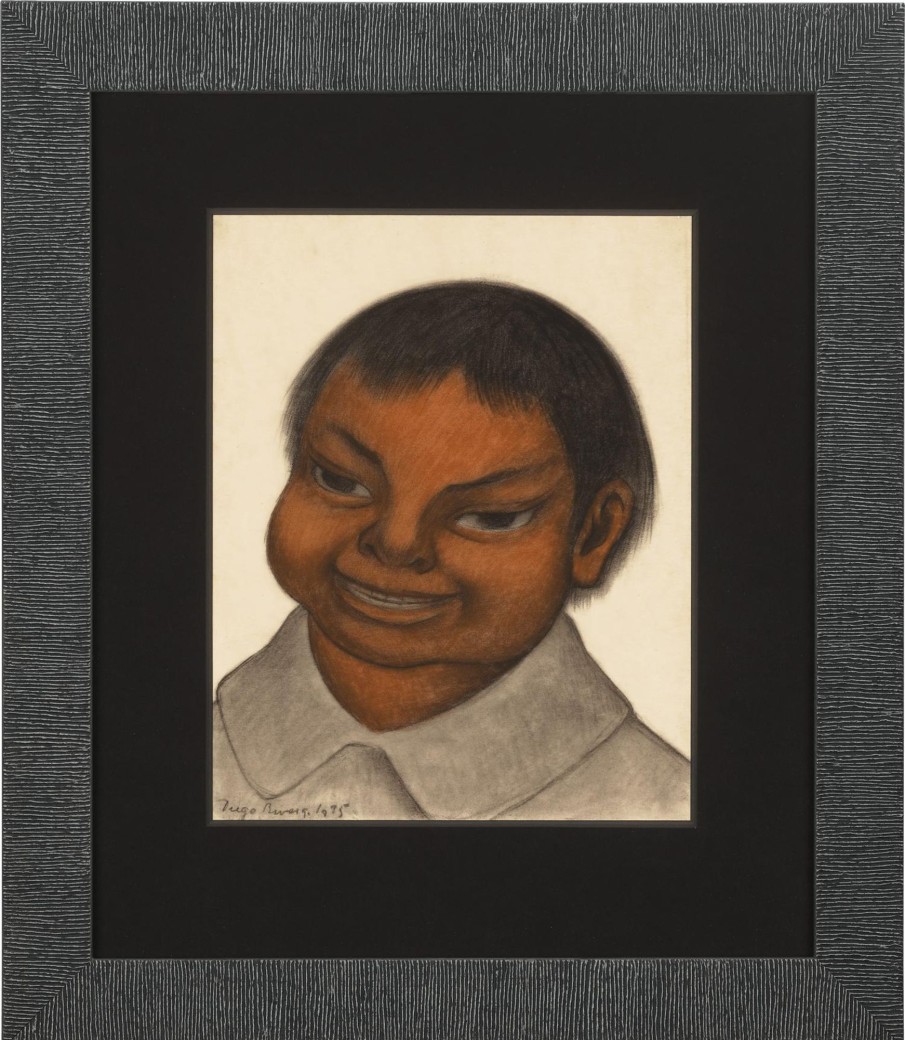
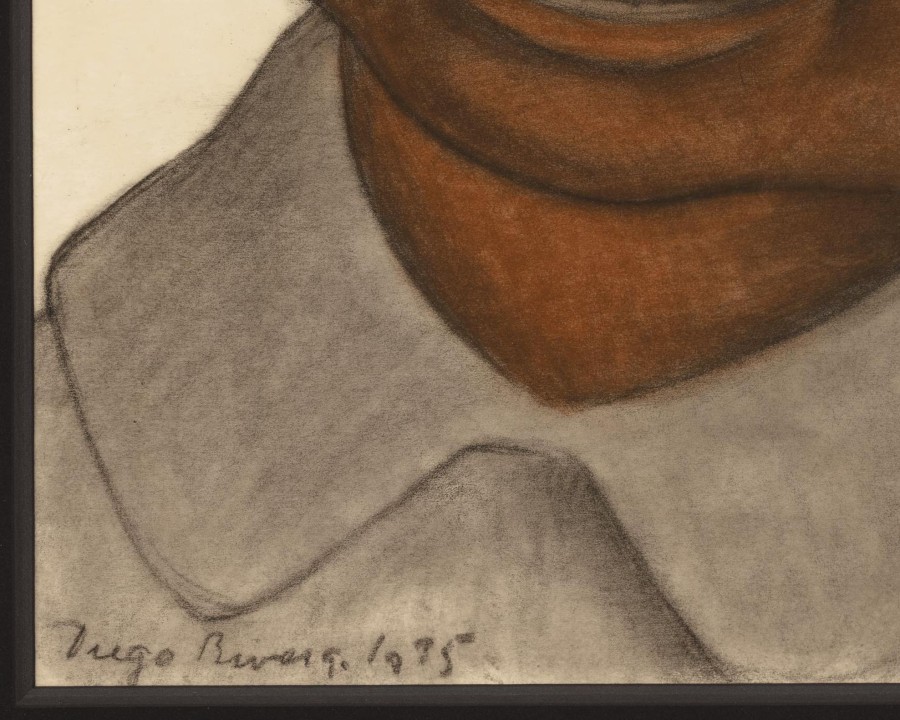
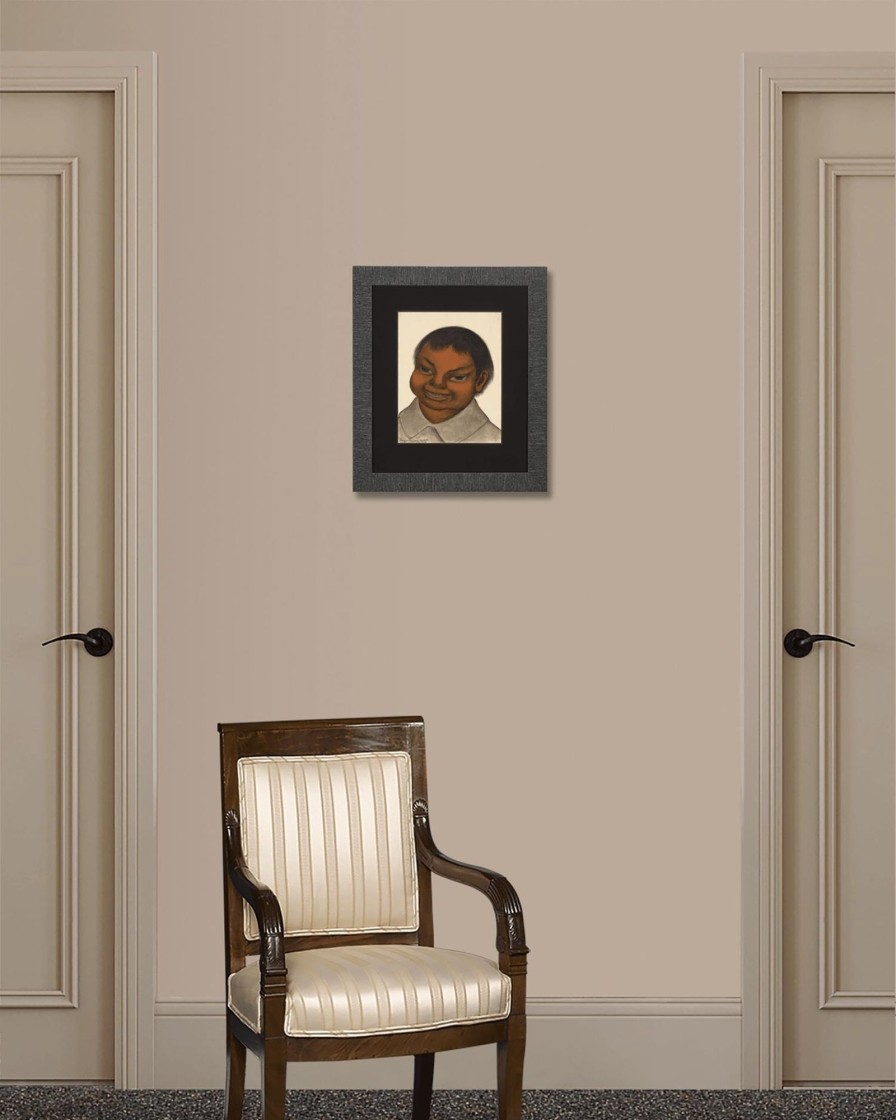

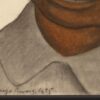


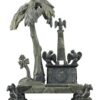
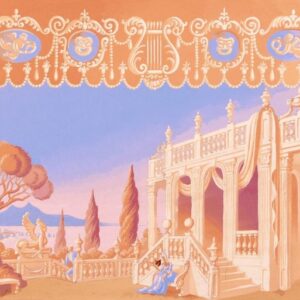
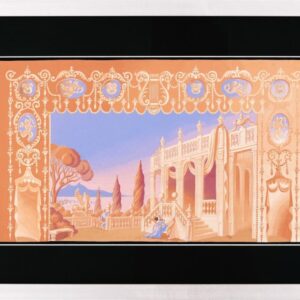
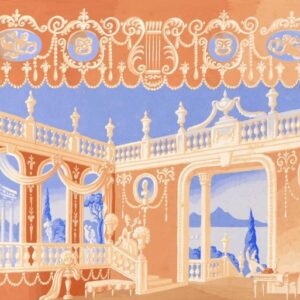
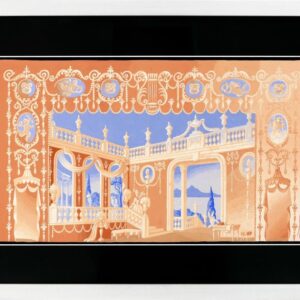
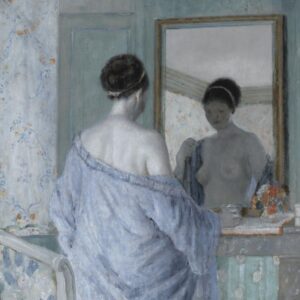
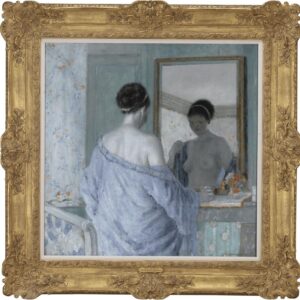
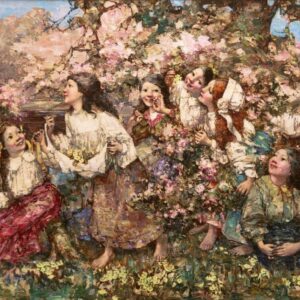

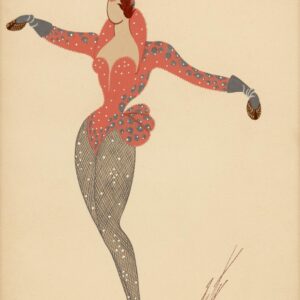
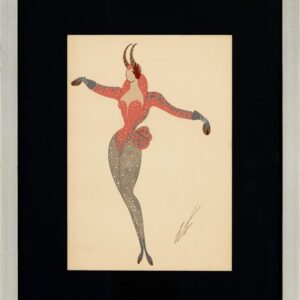
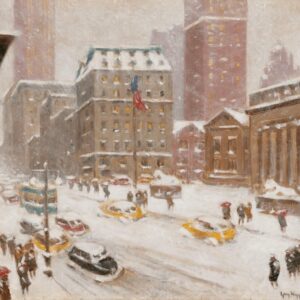
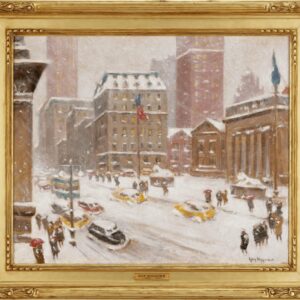
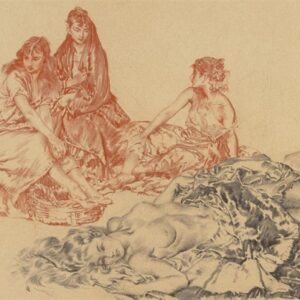
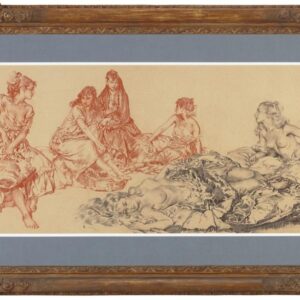
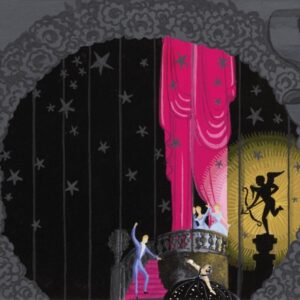
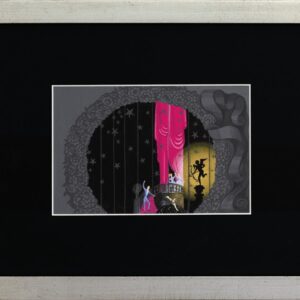
Reviews
There are no reviews yet.